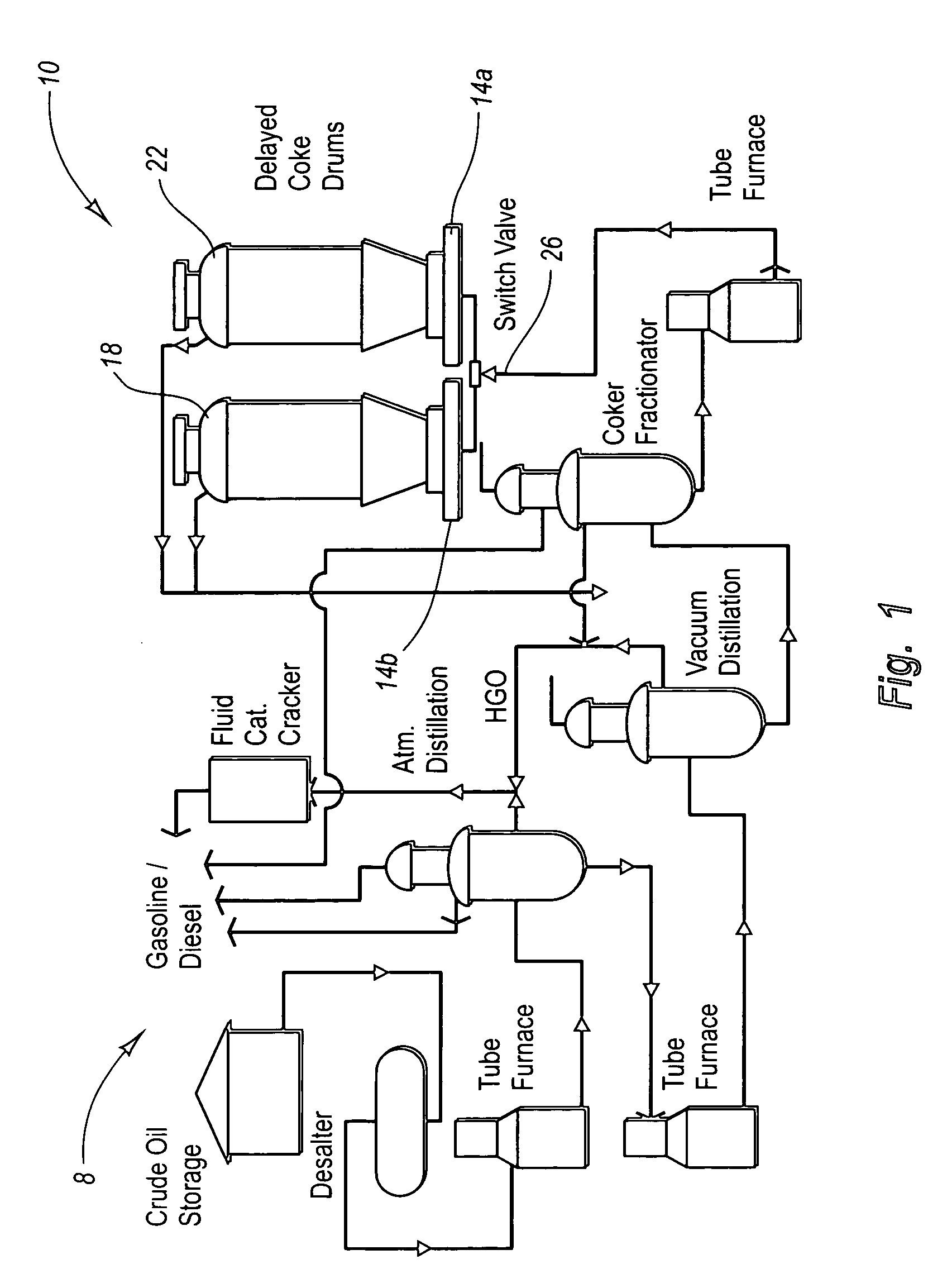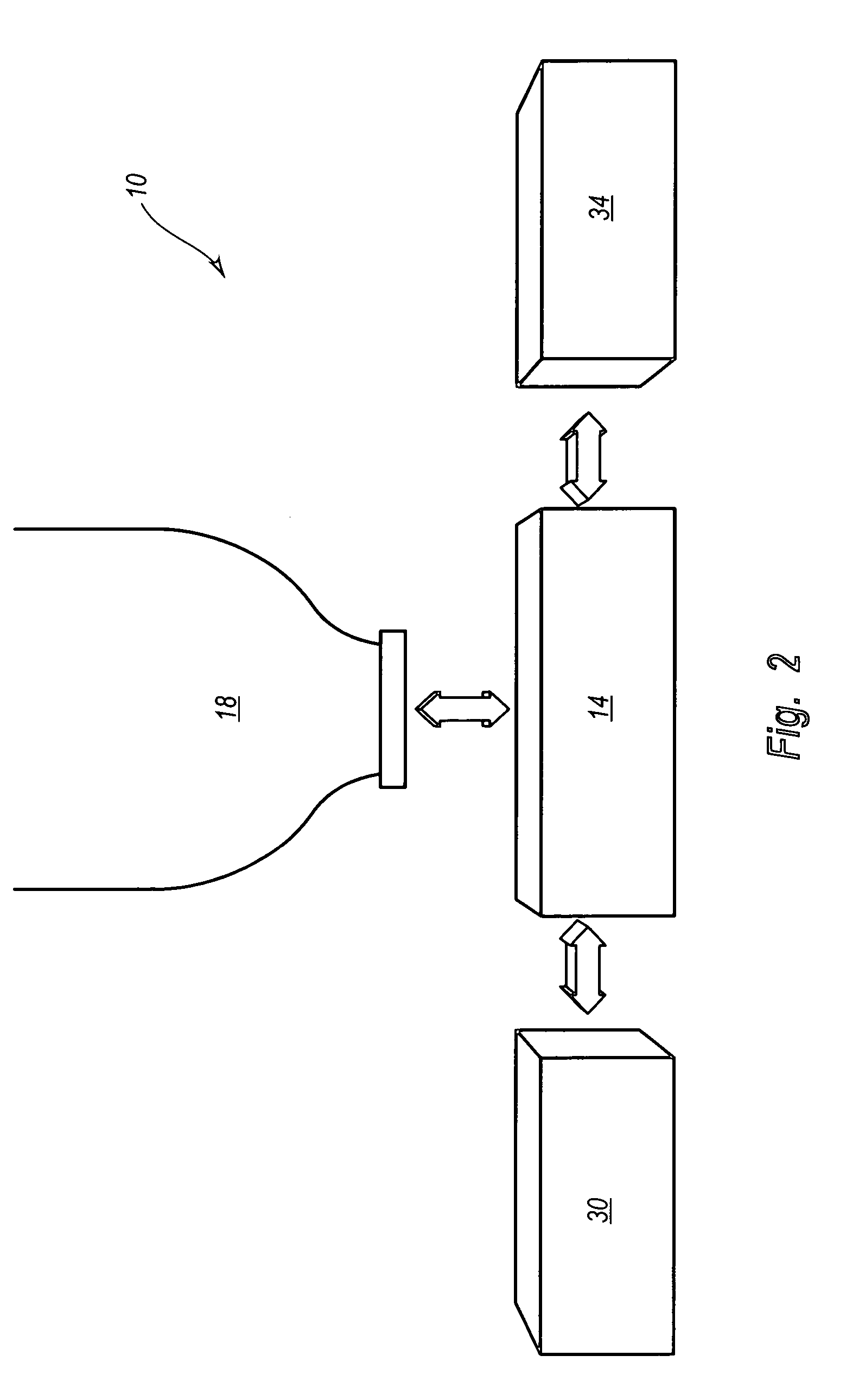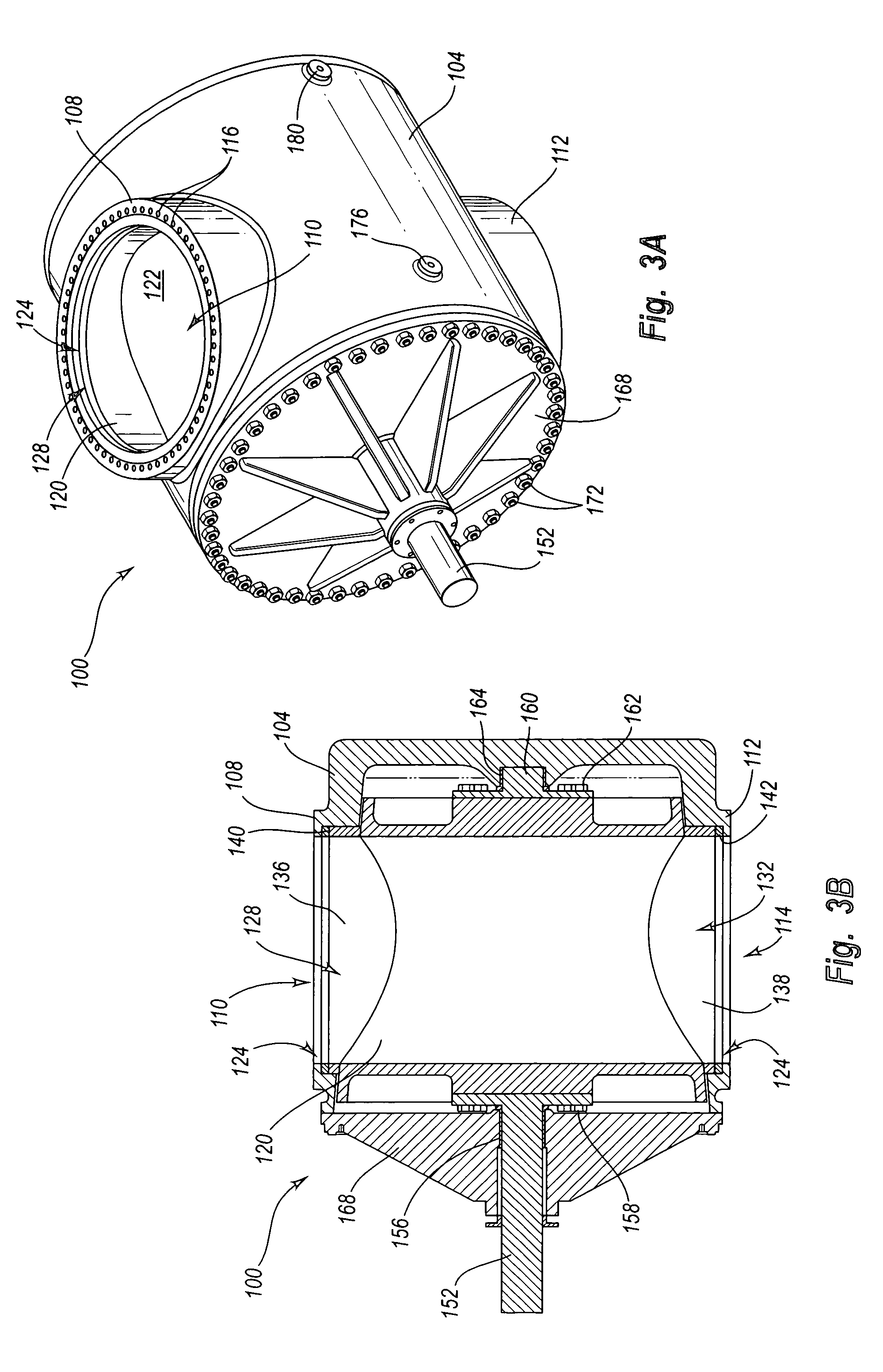Systems and methods for providing continuous containment of delayed coker unit operations
a technology of delayed coker and containment method, which is applied in the direction of coke oven details, coke oven doors/closures, discharging devices, etc., can solve the problems of substantial operating delay, procedures required to minimize the potentially harmful effects, and create potential hazards for personnel, so as to simplify the decoking process
- Summary
- Abstract
- Description
- Claims
- Application Information
AI Technical Summary
Benefits of technology
Problems solved by technology
Method used
Image
Examples
Embodiment Construction
[0113] It will be readily understood that the components of the present invention, as generally described and illustrated in the figures herein, could be arranged and designed in a wide variety of different configurations. Thus, the following more detailed description of the embodiments of the system, device, and method of the present invention, as represented in FIGS. 1 through 45, is not intended to limit the scope of the invention, as claimed, but is merely representative of the presently preferred embodiments of the invention.
[0114] The presently preferred embodiments of the invention will be best understood by reference to the drawings wherein like parts are designated by like numerals throughout. Although reference to the drawings and a corresponding discussion follow below, the following more detailed description is divided into sections. The first section pertains to and sets forth a general discussion of the delayed coking process, including the process and effects of de-h...
PUM
 Login to View More
Login to View More Abstract
Description
Claims
Application Information
 Login to View More
Login to View More - R&D
- Intellectual Property
- Life Sciences
- Materials
- Tech Scout
- Unparalleled Data Quality
- Higher Quality Content
- 60% Fewer Hallucinations
Browse by: Latest US Patents, China's latest patents, Technical Efficacy Thesaurus, Application Domain, Technology Topic, Popular Technical Reports.
© 2025 PatSnap. All rights reserved.Legal|Privacy policy|Modern Slavery Act Transparency Statement|Sitemap|About US| Contact US: help@patsnap.com



